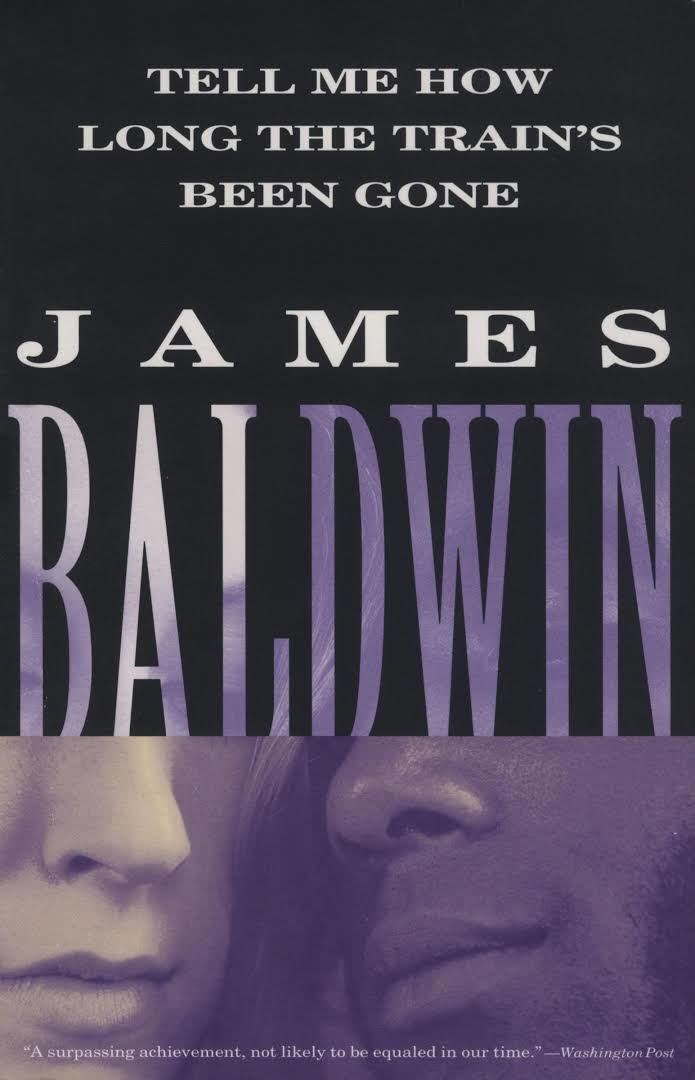8.4 /10 1 Votes8.4
Language English Originally published 1968 Genre Novel Country United States of America | 4.2/5 Goodreads Publication date 1968 Publisher Dial Press | |||||||||||||||||||||||||||||||||
 | ||||||||||||||||||||||||||||||||||
Similar James Baldwin books, Novels, Classical Studies books | ||||||||||||||||||||||||||||||||||
Tell Me How Long the Train's Been Gone is James Baldwin's fourth novel, first published in 1968.
Contents
- Book review and discussion tell me how long the train s been gone by james baldwin
- Plot
- Characters
- Major themes
- Literary significance and criticism
- References
Book review and discussion tell me how long the train s been gone by james baldwin
Plot
Leo Proudhammer, an African-American actor who grew up in Harlem and later moved into Greenwich Village, has a heart attack while on stage. This event creates the present tense setting for the novel, which is mostly narrated in retrospect, explaining each relationship with a story from the actor's life.
Barbara, a white woman, and Leo, a black man, are artistic partners for life—sometimes sexual partners, sometimes not. Jerry, their white friend, was Barbara's partner for a while, before Barbara revealed her love for Leo. Their life stories are intertwined, but not joined, due both to the racial pressures of society and Leo's bisexuality. One of Leo's lovers, "Black Christopher", is a significant political and emotional figure in the novel. Christopher's friends are all African-American, and his life centers on the struggle for racial justice. Barbara and Christopher have one sexual encounter, but, like much of the sex in the book, it is exploratory, and only significant for what it reveals to each of them.
Barbara, Leo, and Christopher remain friends throughout the novel. Caleb, Leo's brother, a World War II vet, was falsely imprisoned when he is a young man, and eventually conquers his anger at white society through his conversion to fundamentalist Christianity. He judges Leo harshly for choosing "the world" over "the kingdom of God". Caleb's religion painfully isolates him from Leo. Black Christopher, the foil for Caleb, advocates violent revolution as the means for creating a just society. Leo recovers from his heart attack and returns to the stage at the end of the novel.
Characters
Major themes
Literary significance and criticism
One reviewer criticized the novel for its inappropriate use of the first person singular, its cardboard characters and its glorification of Leo as an Uncle Tom figure.
